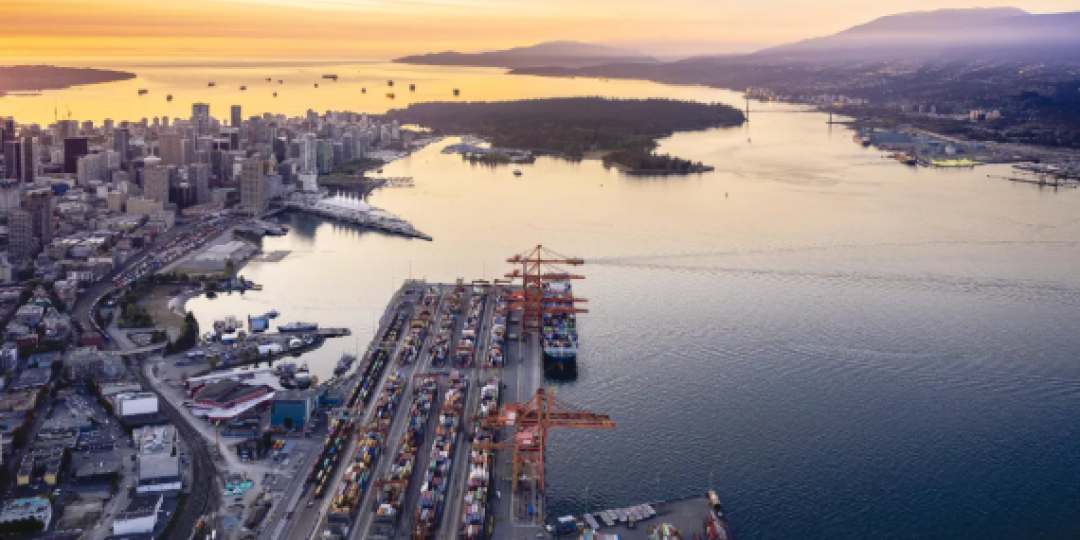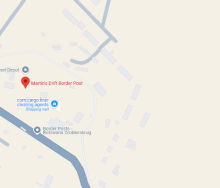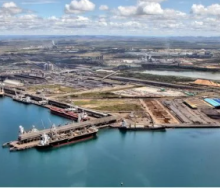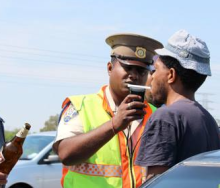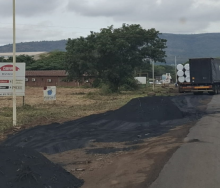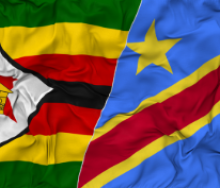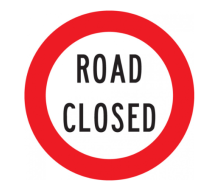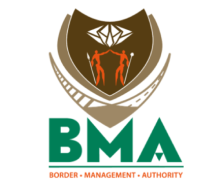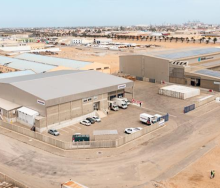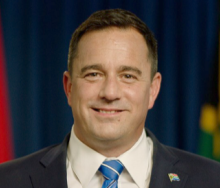Operations at ports across Canada have resumed following widespread strike action, though the work stoppage has caused significant delays, with a considerable backlog of containers.
Shippers are likely to encounter a fresh wave of detention and demurrage (D&D) charges as a result.
Work recommenced at Montreal’s port on Saturday at 7am, in compliance with an order from the Canada Industrial Relations Board (CIRB). The strike had begun on October 31 at the port’s Termont terminals.
The Montreal Port Authority (MPA) disclosed that there were currently over 5 000 TEUs stored on-site, 22 vessels either en route or anchored nearby, and about 2 750 TEUs of rail cargo to manage.
The MPA indicated that re-establishing supply chain fluidity and processing the goods presently at the port or expected to arrive shortly could take several weeks.
Shipping line Maersk highlighted the challenges posed by the backlog and congestion, warning of potential delays to its North Europe-Canada CAE service, operated jointly with CMA CGM, as well as the Mediterranean-Canada MMX service, run alongside CMA CGM and Hapag-Lloyd.
Hapag-Lloyd also noted that THE Alliance’s AT1 service would be delayed by a week, with the AT2 service likely to experience similar disruptions. This includes delays to vessels such as the Toronto Express and Quebec Express.
On Canada’s west coast, the Vancouver Fraser Port Authority (VFPA) confirmed that the ten-day strike had caused substantial disruption to operations. The VFPA reported that numerous commercial vessels were waiting offshore to enter the port and berthing access.
To address the situation, the authority implemented a priority-based anchorage allocation system designed to balance the requirements of various business sectors and commodities.
Several vessels, including CMA CGM Orfeo, CMA CGM Endurance, MSC Palak Chin, and ESL Nhava Sheva, had been berthed after waiting over 13 days. These delays affected services like the Ocean Alliance’s PN4, PN1, PNW1, PN3, and CPNW.
Meanwhile, vessels such as YM Plum, which spent eight days offshore and nine at anchor, alongside OOCL Veracruz, HMM Peridot, Cosco Venice, and Argus, were still waiting. Additionally, six vessels anchored outside VFPA jurisdiction, including Conti Contessa, faced extended idling periods, with estimates for berthing extending to later in the week.
The VFPA has encouraged its supply chain partners to consider offshore areas as “arrived” locations for issuing notices of readiness. It has also urged ship operators to adopt measures such as slow steaming to coordinate arrival times more effectively.
For Canadian ports affected by strike action, most carriers, including Maersk, confirmed that D&D clocks would resume once gate operations restarted at impacted terminals. However, given the scale of the backlog and the demand for appointments, shippers and forwarders may face difficulties in scheduling container pick-ups or drop-offs, leading to potential D&D fees.
Maersk advised customers to document any unsuccessful attempts to secure appointments during the restart period by saving time-stamped screenshots. Such documentation may be considered in cases where additional fees are levied for delays during this time. SOURCE: The Loadstar
